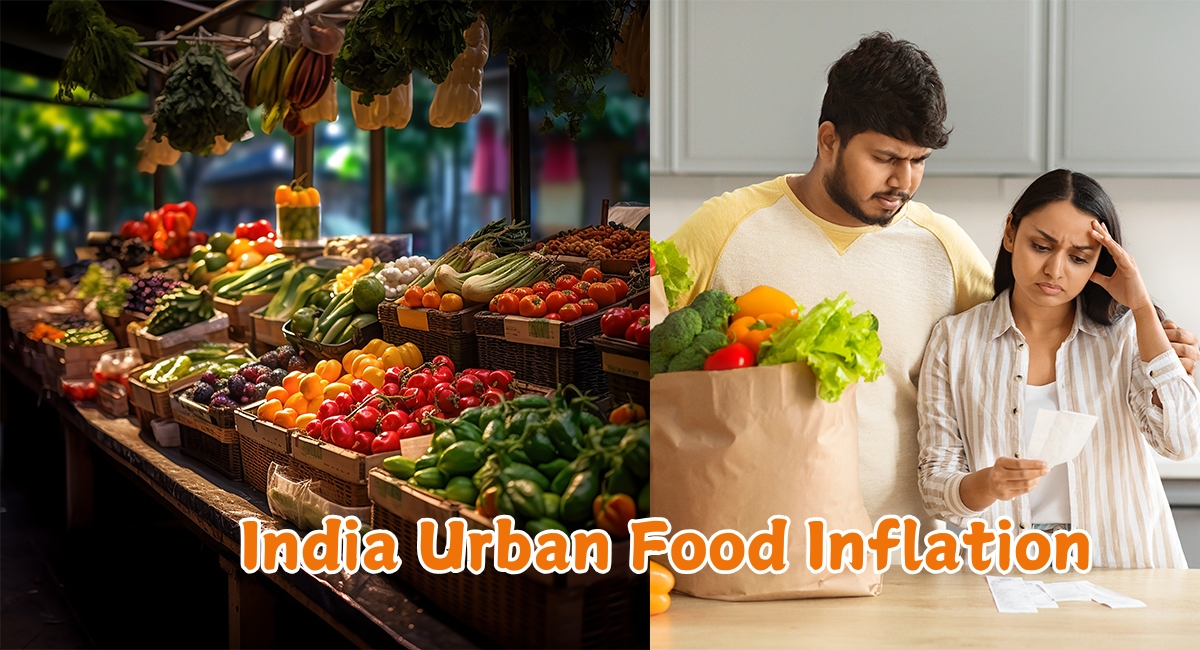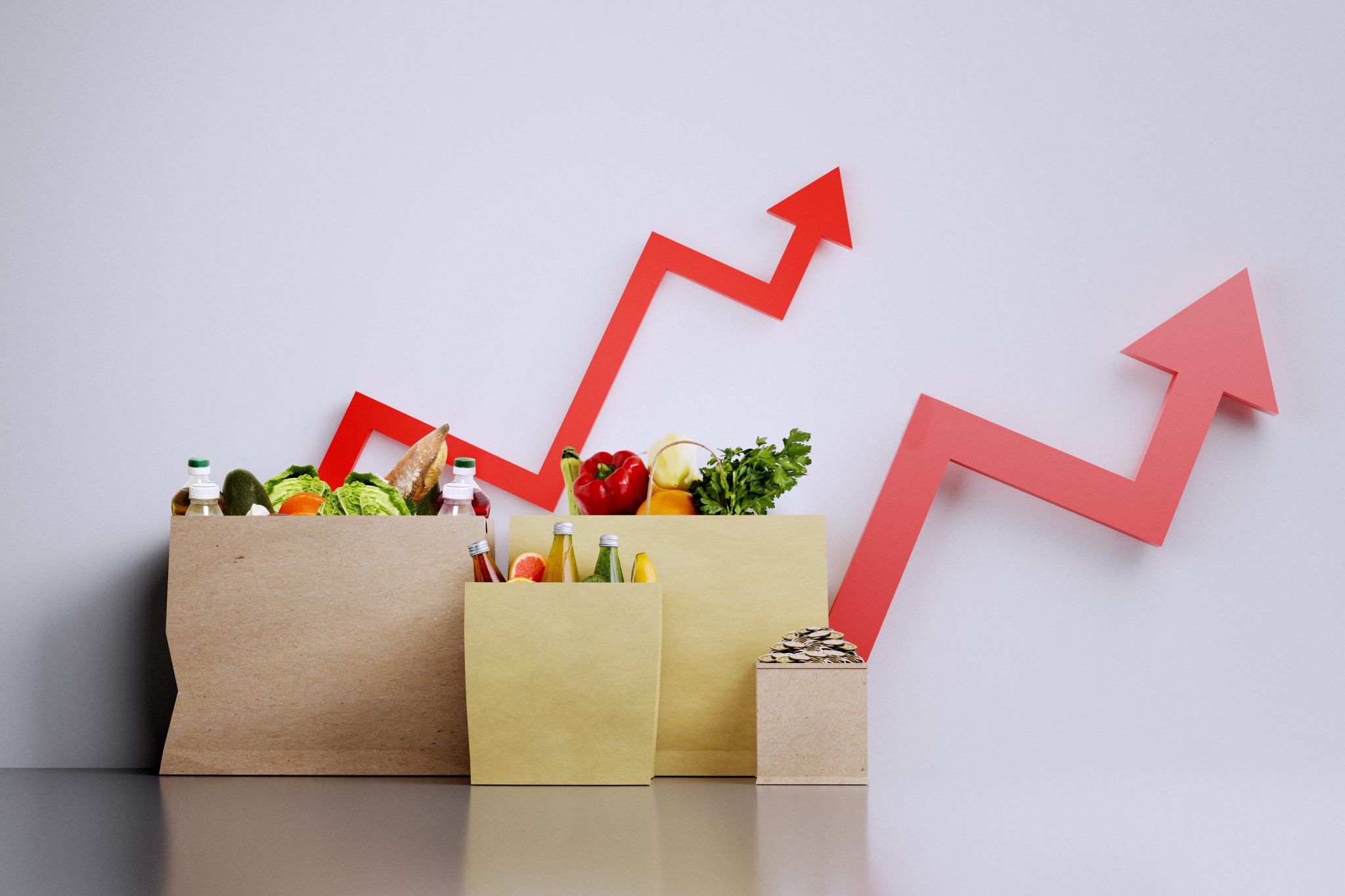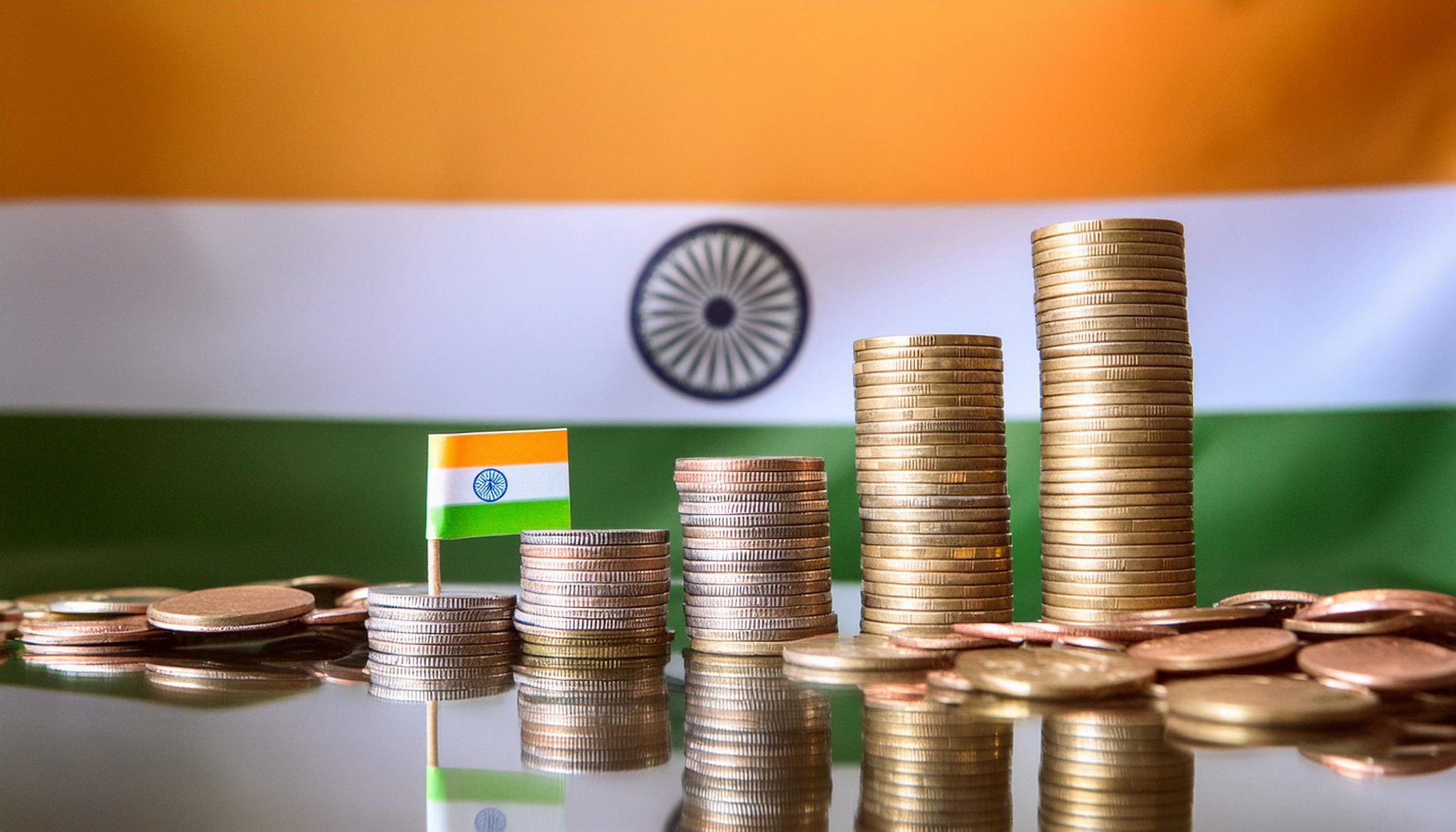
Need for comprehensive policy actions and infrastructure investments
As India’s urban households gear up for Deepavali, India Urban Food Inflation has emerged as a crucial factor that could dampen the celebratory spirit for many. While India’s overall consumer price inflation showed a slight decline from 4.83% in April to a one-year low of 4.75% in May 2023, food price inflation has remained stubbornly high, especially impacting urban consumers. Urban households, in particular, have been hit with a sharp 8.83% food inflation rate, underlining the economic strain faced by city dwellers. This period marks the fourth consecutive month where food inflation has exceeded 8.5%, a concerning trend that reflects significant pressure on consumers’ purchasing power.
A Persistent Urban-Rural Inflation Divide
The data paints a clear picture of an urban-rural divide in inflation trends. For rural households, food inflation eased marginally from 8.75% in April to 8.62% in May, but for urban households, food price pressures are more intense. Month-on-month, the Consumer Price Index (CPI) rose by 0.5% in May, while the food price index increased by 0.73% from April’s levels. The sequential rise in food prices was more pronounced for urban consumers at 0.9%, compared to 0.7% for rural consumers. This gap reflects the impact of supply chain constraints, higher transportation costs, and logistical challenges that have disproportionately affected urban areas.

This urban-rural inflation divergence has persisted for several months now. Rural inflation rose by 5.3% in May, while urban inflation was slightly lower at 4.15%. Despite lower rural inflation, urban areas continue to face higher food prices, which is largely attributed to factors like higher demand for processed foods and out-of-home consumption. This trend, which has endured for three months, indicates that food inflation pressures are disproportionately impacting urban consumers, further straining household budgets.
Stubborn Food Price Pressures: Vegetables, Cereals, and Pulses
Within the food basket, inflation trends reveal a deeper problem. Vegetable prices, for instance, saw a massive 27.3% year-on-year increase in May, driven by factors such as crop yield fluctuations, supply chain disruptions, and demand surge. Pulses also saw a steep rise, with inflation hitting 17.14% in May. This marks a year of double-digit inflation for pulses, essential proteins for Indian households. These price increases disproportionately impact urban middle-class and lower-income families, whose food budgets are heavily reliant on affordable sources of nutrition like pulses and vegetables.

The inflationary pressures were not limited to just vegetables and pulses. Cereal prices surged by 8.7%, while eggs, fruits, and meat experienced inflation rates of 7.6%, 6.7%, and 7.3%, respectively. Though meat and fish prices did ease slightly from 8.2% in April to 7.3% in May, the costs remain high for non-vegetarian households. Edible oil prices, on the other hand, showed a moderate decline of 6.7%, following a 9.4% drop in April. However, this is the mildest decline seen in over a year, signaling that the price dip in essential cooking oils may have bottomed out, and prices could remain high in the coming months.
A Challenge to India’s Central Bank and FMCG Sector
From the perspective of the fast-moving consumer goods (FMCG) sector, prolonged food inflation poses a serious challenge. Many FMCG companies report that high inflation is dampening demand, especially in urban areas where consumers are curtailing discretionary spending and opting for smaller product packs to manage their household budgets. High food inflation reduces disposable income, which, in turn, impacts demand for non-essential products. Companies have noted a particular slowdown in out-of-home consumption in the September quarter, exacerbated by both inflation and the monsoon season, which has affected agricultural supply chains.

The inflation scenario presents a complex challenge for the Reserve Bank of India (RBI). Although retail inflation has stayed below the 6% threshold since September 2023, it remains higher than the central bank’s 4% target. The RBI projects that retail inflation will average around 4.5% for 2024, but with April and May inflation rates only slightly below this, there are concerns that overall inflation could edge above 5% by the end of the year. This situation complicates monetary policy as the RBI grapples with balancing inflation control and supporting economic growth.
Deepavali: A Seasonal Relief or a Temporary Respite?
Deepavali, one of India’s most celebrated festivals, is often a peak period for consumer spending, as families indulge in festive foods, sweets, and gift items. FMCG companies hope that the festival will spur urban consumers to spend despite inflationary pressures. However, persistent food inflation means that consumers may prioritize essential food items over premium or discretionary purchases. While Deepavali may boost sales temporarily, it is unlikely to offer a long-term solution to the problem of sustained inflation in essential goods.

Toward Long-Term Solutions: Policy and Market-Based Interventions
Addressing India’s food inflation requires a mix of policy interventions and market-based solutions. To tackle price volatility, there is a need to strengthen the agricultural supply chain, enhance cold storage infrastructure, and ensure smoother distribution networks, particularly for perishable items like vegetables. By bolstering infrastructure, the government can mitigate seasonal price spikes, especially in urban areas where logistical costs significantly impact prices.
A broader approach could involve diversifying food sources and increasing domestic production, especially in protein-rich foods such as pulses. Expanding agricultural technology and supporting farmer collectives to scale up production may help ease supply pressures over time.
Additionally, urban markets could benefit from introducing targeted subsidies or pricing mechanisms to help cushion consumers against high food inflation.

Urban Inflation’s Lasting Impact;
As India navigates through a period of sustained food inflation, the impact on urban consumers has been particularly severe. The festive season, led by Deepavali, may offer a temporary boost to the FMCG sector, but addressing inflation in essentials like food requires comprehensive policy actions and infrastructure investments.
Without addressing the root causes of inflation, urban households may continue to face economic strain, ultimately affecting broader economic growth and household well-being.
IS360 Can be Reached at
Sharing is caring!

